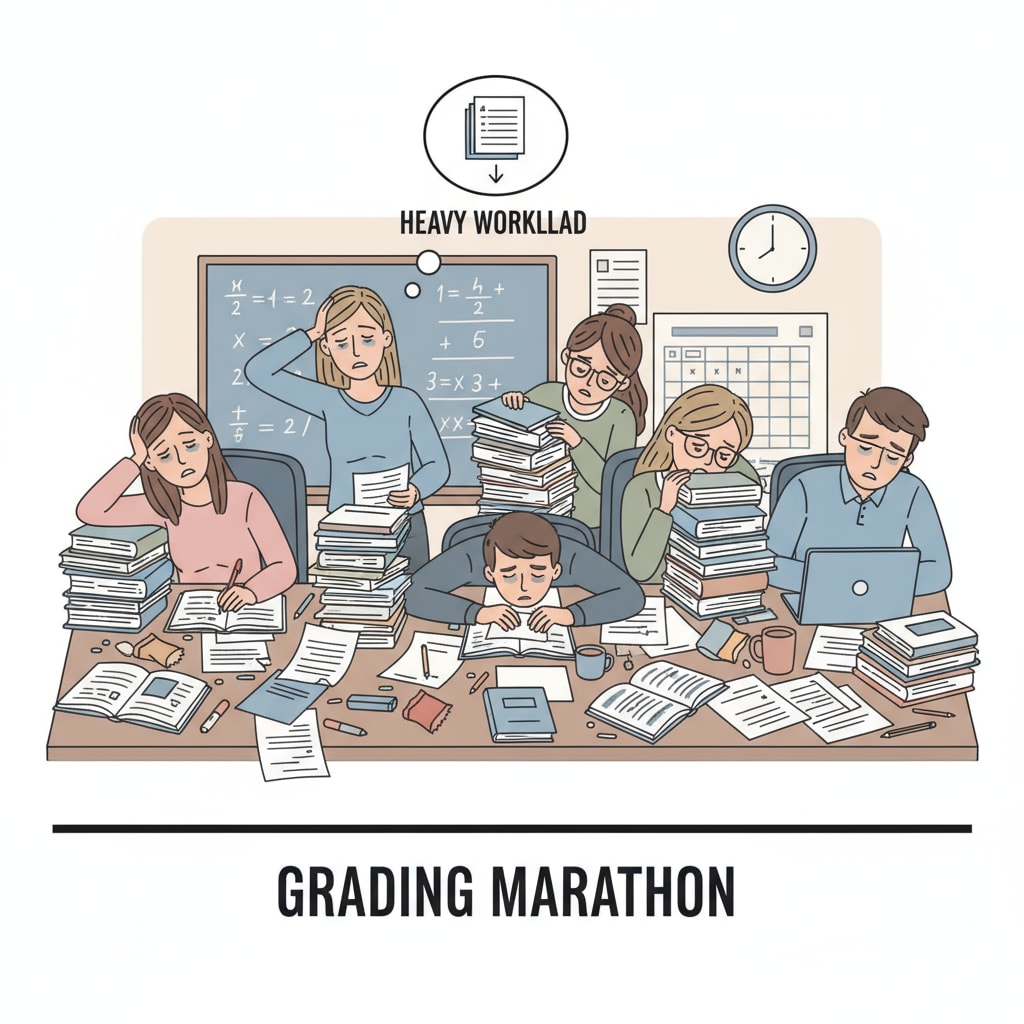Teacher burnout, heavy workload, and career decisions are significant issues plaguing the K12 education system. In recent years, educators have been shouldering an ever-increasing burden, which has profound implications for their professional lives.

The Heavy Workload Epidemic
Teachers in the K12 system are often swamped with a multitude of tasks. From lesson planning, grading copious amounts of assignments, to managing classroom behavior, the list seems endless. For example, a math teacher not only has to prepare engaging lessons but also spends hours correcting students’ worksheets. According to National Center for Education Statistics, the average teacher works well beyond the typical school hours. This heavy workload is a major contributing factor to teacher burnout.

The Onset of Teacher Burnout
As the workload piles up, many teachers start to experience burnout. Burnout is characterized by emotional exhaustion, depersonalization, and a reduced sense of personal accomplishment (Maslach & Jackson, 1981). Teachers may become disengaged from their students, feeling that their efforts are in vain. They might dread going to work each day, and their enthusiasm for teaching fades. This not only affects their mental health but also has a negative impact on the quality of education they provide. American Psychological Association research shows that burnout can lead to increased absenteeism and turnover rates among teachers.
The burnout also seeps into the teachers’ decision-making process regarding their careers. When faced with such high levels of stress and disillusionment, many teachers start to question whether they should continue in the profession.
Readability guidance: In this article, we’ve clearly outlined the issues of teacher burnout and heavy workload. By using short paragraphs and incorporating external references, we aim to make the content accessible. Transition words like ‘for example’ and ‘also’ help to connect ideas smoothly. Each section focuses on a key aspect, leading to a comprehensive understanding of the topic.


